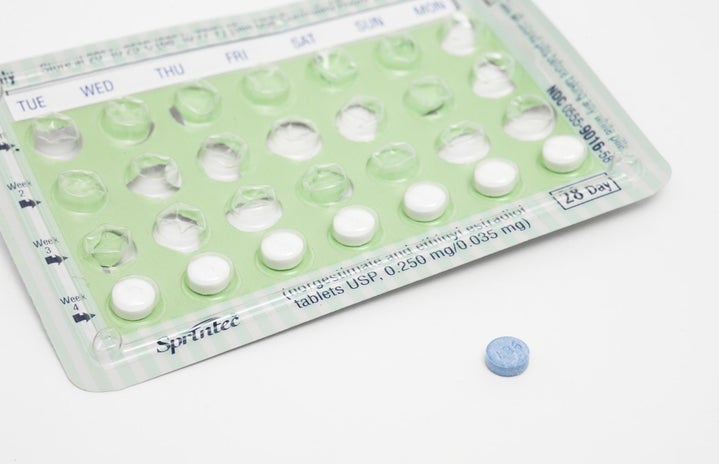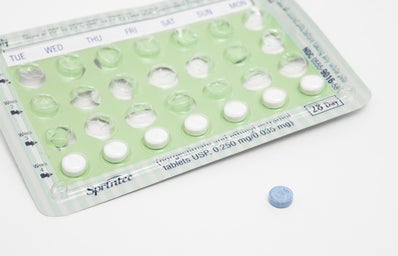Everyone who’s had at least some form of sex education in their life can tell you the main ways of preventing pregnancy: condoms, birth control and abstinence.
However, these tools only go so far to protect you from STDs and STIs. In 2017, the Center for Disease Control came out with the shocking statistic that of the current 1.7 million cases of chlamydia in the U.S., 45 percent of these cases are composed by young women ages 15-24.
While most people know that diseases like chlamydia, herpes and syphilis are transmitted through the exchanging of bodily fluids, such as sex without a condom, it often seems to slip young adult’s minds that they can still obtain these diseases through oral sex.
Often times, oral sex is seen as a ‘safer’ alternative than penetration. There is less risk for pregnancy which is often seen as the biggest consequence of sex. However, it is still just as dangerous in terms of spreading disease and infection. But how do we protect ourselves during oral sex? Is the only solution to fully abstain from it?
Though condoms can be used to protect male genitalia during oral sex, most people are left baffled of what to do in the case of women. This is especially problematic for women in relationships with other women, as it is often assumed that they can get off damage free from sex – which is a dangerous mindset to have. Enter in the dental dam.
What is a dental dam?
Dental dams are thin sheets of latex or polyurethane sheets that cover the female genitalia during oral sex. It essentially acts as a barrier between the genitalia of the receiver and the mouth of the giver.
Who can use it?
Anyone who has a vagina and is participating in oral sex can benefit from dental dams.
Much like a condom, you will remove the dam from its packaging, making sure to examine for any defects, place flat over the vaginal area and dispose of it after each use. When not in use be sure to store dams in a cool, dry area as to keep them usable. Also when using a dental dam be sure to use water based or silicone lubricant in order to keep it as effective and safe as possible.
What does it protect me from?
Dental dams, if used correctly, can stop the transfer of diseases like herpes, syphilis, chlamydia and HIV.
What doesn’t it protect me from?
Unfortunately, dental dams cannot protect you from pubic lice, HPV and exposed herpes lesions, so make sure to always talk to your partner about their sexual history.
Where can I find them?
You can find dental dams online at Walmart, or through your local pharmacy and Planned Parenthood. They cost about the same as condoms.
While teen pregnancy rates have significantly dropped over the last several years, the sharp spike in sexually transmitted disease and infection is one that should not be ignored. As always, make sure you talk to your partner about their sexual history and the last time they’ve been tested before participating in any form of sexual activity and if something doesn’t look or feel right, do not hesitate to seek medical help right away.
More can be done to stop the spread of STDs and it’s time we start discussing them. Most people who I mention the dental dam to have never once heard of it, which seems silly seeing as how a large majority of couples could benefit from this: straight, trans, lesbian and bisexuals are all part of the list of who this product can apply to.
Don’t hesitate to bring up using a dental dam the next time you find yourself in the moment, acknowledging and using them is the first step to become the generation to eliminate sexual diseases.


